
Commons Plants and Flowers in Tennessee Zone 7
Starting a flower bed or garden? Tennessee is located in Zone 7 and can be tricky. The good news is, most flowers will bloom in this area! It’s really just a matter of timing and proper care.
If you’re new to gardening, this chart will help you determine which zone you are in. This will dictate your gardening schedule.
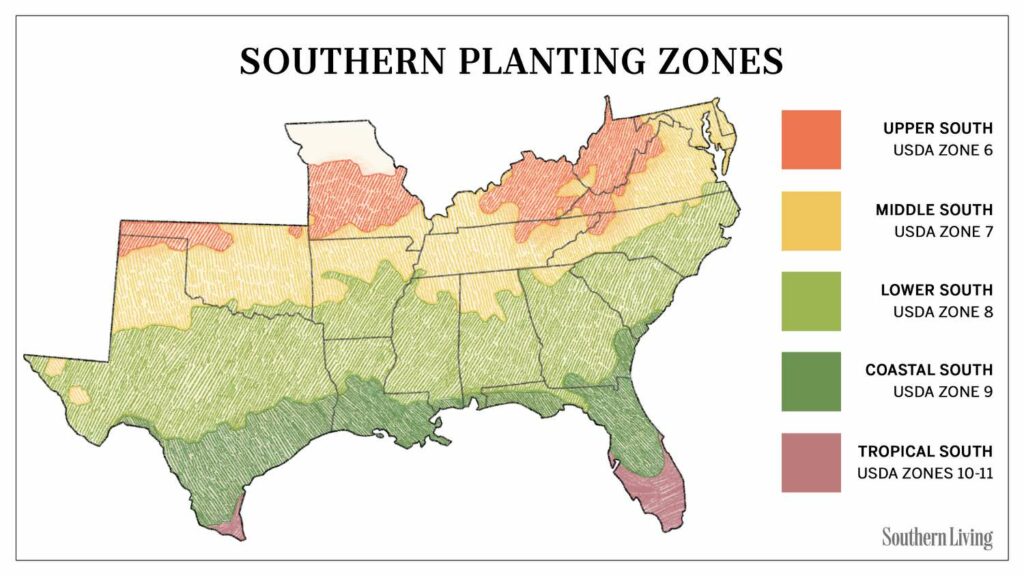
10 Common Flowers That Grow in Zone 7
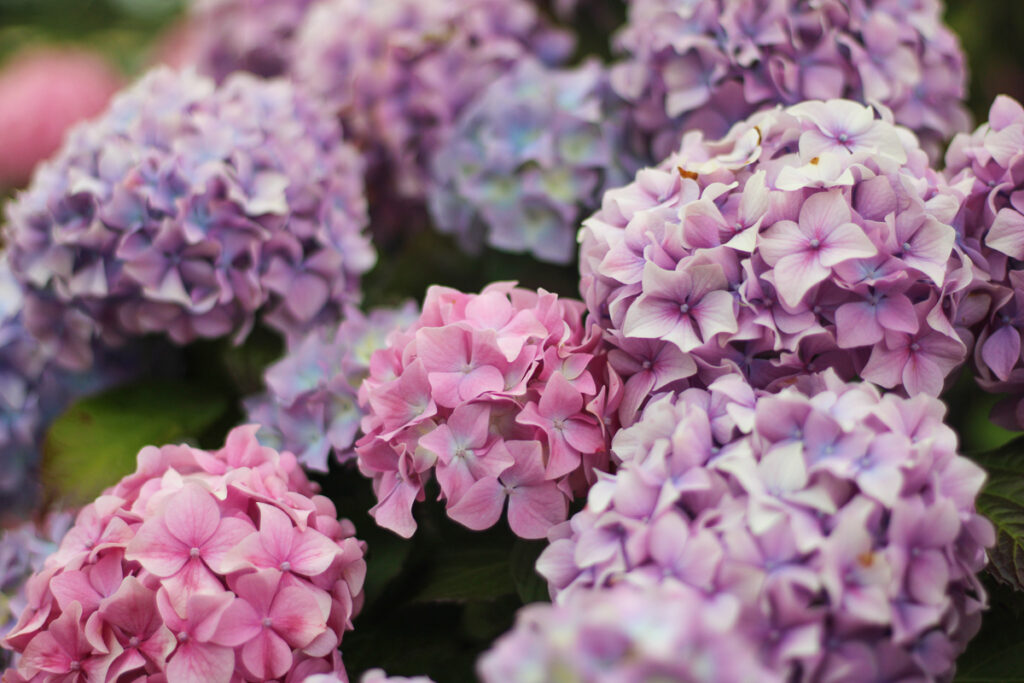
You can always check your local garden nursery. They will have several plants you can choose from. These are common in this area.
Here are ten to think about planting:
- Aster: Asters—descended from the Asteraceae family—are daisy-like blue, purple, and white flowers. Other members of the Asteraceae family that will prosper in a Zone 7 garden include the black-eyed Susan, coreopsis, rudbeckia, and the Shasta daisy.
- Bee balm: Bee balm flowers look a bit like pink dandelions in bloom. They can survive a Zone 7 winter, but they also profit from plenty of time in the full sun.
- Clematis: These broad-petaled flowers are relatives to buttercups. Keep in mind that clematis plants can spread themselves quickly throughout a garden once winter is over.
- Daylily: Members of the subgenus Hemerocallis, daylilies are not actually lily flowers. These perennials come in numerous colors.
- Echinacea: Echinacea flowers (or coneflowers) are full-headed and broad. They can serve as excellent groundcovers.
- Geranium: Geraniums will come back afresh every year after they go dormant in winter. You can sometimes see them as cut flowers in bouquets.
- Hibiscus: Blooming often as red or yellow flowers, hibiscus flowers aren’t just hardy enough for Zone 7—people also use them in hot herbal teas.
- Hydrangea: Hydrangeas are frilly flowers that can make it through the chill of Zone 7 temperatures at their coldest.
- Phlox: Phlox enjoy full sun in the summer, but these pink flowers can adapt to cold winters.
- Yarrow: Yarrows, also known by the Latin name Achillea milleforium, are small but sprout in bunches. Yarrow plants will bloom anew each year after winter.

Brand new to gardening? Read our post: Types of Flowers: What to Know When Planting and Starting A Garden. This is a great starting point for new gardeners and breaks down the basics of florals.
7 Common Plants That Grow in Zone 7
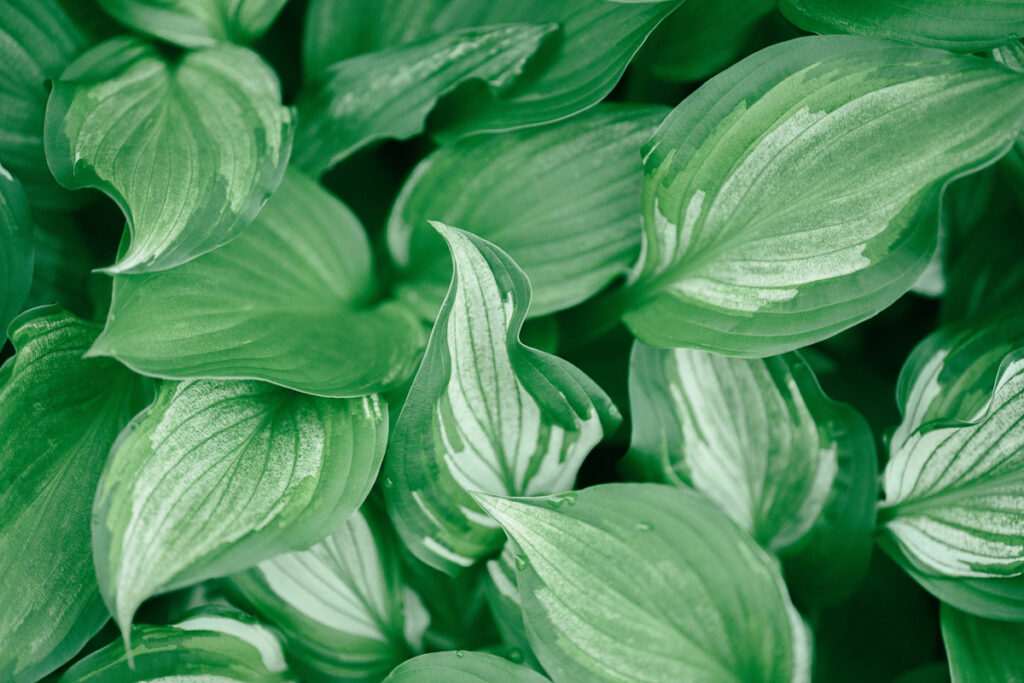
If you’re looking for foliage to complement your flowers, there are plenty of choices that will suit Hardiness Zone 7 climates. Here are ten worth considering:
- Beet: Beets aren’t just a tasty food—they’re perfect for planting in a Zone 7 garden. These vegetables will make it through a winter in those regions to return again for the next growing season.
- Catmint: Catmint is a bushy plant that grows plenty of flowers of its own. It handles winter temperatures well.
- Hosta: Hostas look like flowers, but their petals are actually tinted leaves. Hosta plants are durable and cold-hardy in Zone 7 temperatures.
- Japanese painted fern: This fern’s snowy, shady appearance hints at its real ability to withstand cold winter temperatures.
- Joe Pye weed: Joe Pye weed can spread quickly, and it comes with many flowering heads. Butterfly weed is another similar option that can fit in Zone 7 regions.
- Russian sage (or perovskia): This sagebrush can weather cold temperatures. Similar-looking brush plants include those in the Heuchera and Nepeta genuses, the latter of which is known for its bright blue flowers.
- Salvia: Salvia is a bright green perennial plant well-accustomed to handling Zone 7 temperatures.
Information courtesy of Ron Finley with Masterclass
What are you favorite plants or green thumb tips? Leave a comment below!
Receive the Latest Issue


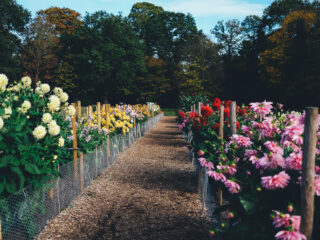
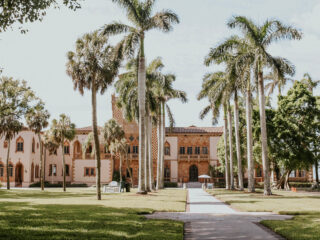

Leave a Reply